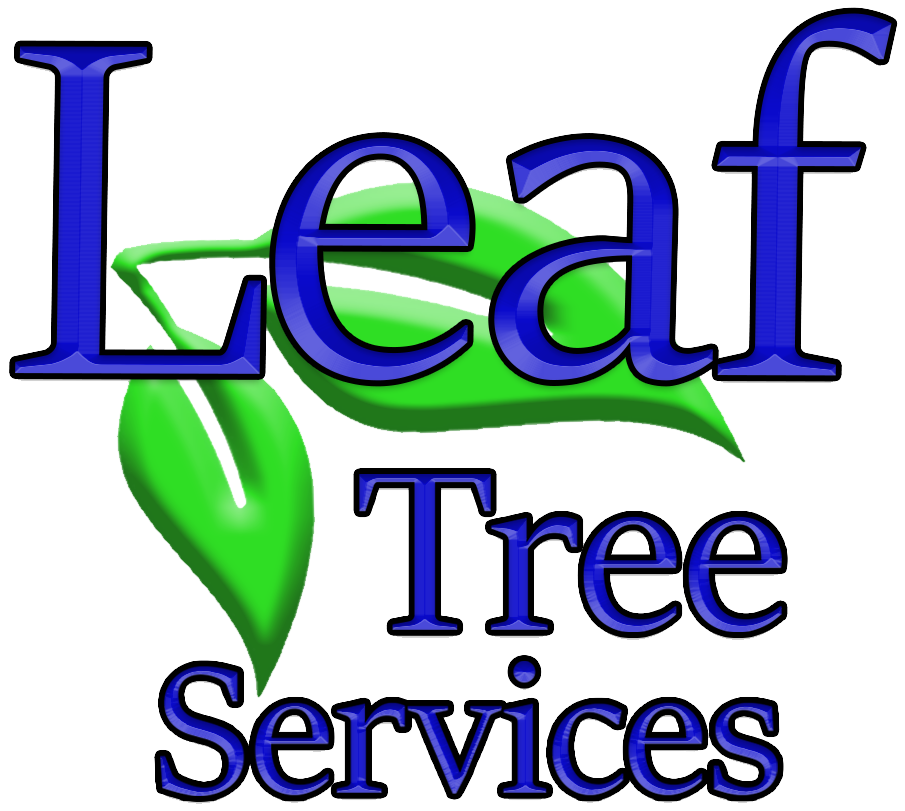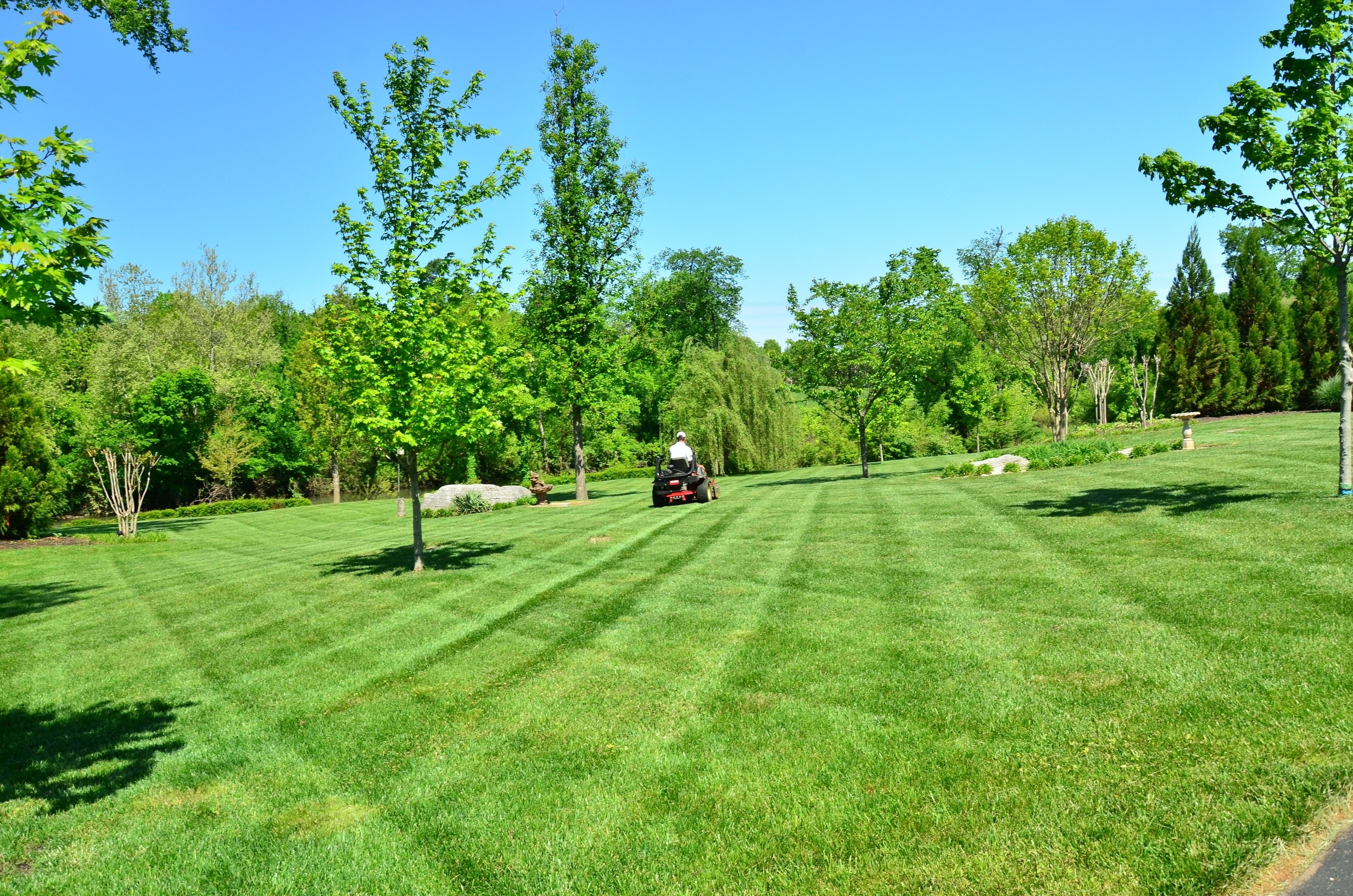Why should I invest time and effort into tree maintenance?
Tree maintenance has an important role in promoting healthy growth and ensuring the longevity of your trees in Austin, TX. By providing proper care and attention, you can enjoy numerous benefits, such as:
- Enhancing curb appeal: Well-maintained trees add beauty and value to your property, creating a welcoming environment.
- Ensuring safety: Regular tree maintenance helps identify potential hazards, such as weak branches or tree diseases, reducing the risk of accidents or property damage.
- Supporting ecosystem health: Trees provide habitat and food for various wildlife species. By maintaining their health, you contribute to the overall well-being of the local ecosystem.
- Improving air quality: Trees absorb carbon dioxide and release oxygen, helping to purify the air we breathe. Healthy trees contribute to cleaner and fresher air in your surroundings.
When is the best time to prune trees in Austin?
Generally, the best time for pruning trees is during late winter or early spring, before new growth begins. Pruning during this dormant period allows the tree to focus its energy on healing and preparing for new growth. However, it’s essential to note that specific tree species may have different pruning requirements. Consulting with a certified arborist or tree care professional can help determine the ideal pruning time for your particular trees.
What are the key steps for proper tree maintenance?
Proper tree maintenance involves several important steps to ensure the health and longevity of your trees. Here are the key tasks you should focus on:
- Regular inspection: Conduct routine inspections of your trees to check for signs of disease, pests, or structural issues. Look for changes in foliage color, dead branches, or cracks in the trunk. Early detection can help prevent further damage and address problems promptly.
- Watering: Adequate watering is essential, especially during periods of drought. Deep watering, allowing water to penetrate the soil around the tree’s root zone, encourages healthy root development. Consider using drip irrigation or soaker hoses for efficient watering.
- Mulching: Apply a layer of organic mulch around the base of the tree, leaving space around the trunk. Mulch helps conserve moisture, suppresses weed growth, and insulates the soil, promoting healthy root growth. Avoid piling mulch against the trunk, as it can cause decay and invite pests.
- Fertilization: Provide necessary nutrients to your trees through fertilization. Consult with an arborist to determine the appropriate fertilizer type and application method based on your tree species and soil conditions. Proper fertilization can enhance tree health and growth.
- Pruning: Prune your trees as needed to remove dead or diseased branches, improve structural integrity, and shape the tree’s growth. Use clean, sharp tools and follow proper pruning techniques to avoid causing unnecessary harm to the tree.
- Pest and disease management: Monitor your trees for signs of pests or diseases and take appropriate action when necessary. Integrated Pest Management (IPM) techniques can help control pests while minimizing the use of pesticides, promoting a healthier environment.
How can I protect my trees during extreme weather conditions?
Extreme weather conditions, such as storms, heavy winds, or extreme heat, can pose risks to your trees. To protect them:
- Prune strategically: Regular pruning to maintain a well-balanced canopy and remove weak branches can reduce the risk of limb failure during storms.
- Provide structural support: Install tree support systems, such as cabling or bracing, to provide additional stability to trees with weak or vulnerable branches. Consult an arborist for proper installation.
- Mulch appropriately: Adequate mulching helps insulate the soil, protecting roots from temperature extremes. Apply mulch in a broad, even layer around the tree, avoiding direct contact with the trunk.
- Water deeply: During periods of extreme heat or drought, ensure your trees receive sufficient water. Deep watering helps them withstand stressful conditions.
- Seek professional assistance: In case of severe weather damage or emergencies, it’s important to contact a professional tree care service or arborist. They have the expertise to assess and address storm-related issues effectively.
What steps can I take to protect my trees from common diseases?
Preventing tree diseases is crucial for maintaining the health and longevity of your trees. Here are some preventive measures you can take:
- Plant disease-resistant species: When choosing trees for your property, opt for species that are known to be resistant to common diseases. Research or consult with local nurseries to identify suitable species.
- Proper spacing and pruning: Plant trees with adequate spacing between them to ensure proper air circulation, as crowded conditions can promote the spread of diseases. Regular pruning helps maintain good tree structure and removes infected or dead branches, reducing the risk of disease transmission.
- Clean tools and equipment: When pruning or performing any tree maintenance tasks, make sure to clean your tools thoroughly between each use. Disinfecting tools with a bleach solution or rubbing alcohol can help prevent the spread of diseases from one tree to another.
- Avoid wounding trees: Minimize tree wounds by using proper pruning techniques and avoiding unnecessary damage to the trunk or branches. Open wounds create entry points for pathogens, making trees more susceptible to diseases.
- Remove and destroy infected material: If you notice any signs of disease, such as discoloration, cankers, or lesions on your trees, promptly remove and destroy the infected material. This can help prevent the spread of pathogens to healthy parts of the tree or to neighboring trees.
- Regular inspections: Regularly inspect your trees for any early signs of disease. Look for abnormal leaf discoloration, wilting, or unusual growth patterns. Early detection allows for timely intervention and treatment.
- Consult with an arborist: If you suspect your trees are affected by a disease or need expert advice on prevention, consult with a certified arborist. They can accurately diagnose the problem, recommend appropriate treatments, and provide guidance on disease prevention.
Searching for the Best Tree Maintenance Services in Austin, TX
Ensuring the healthy growth and longevity of your trees in Austin, TX requires proactive tree maintenance practices. By investing time and effort into routine inspections, proper watering, mulching, pruning, and pest management, you can enjoy the benefits of beautiful, safe, and thriving trees. Remember to consult with certified professionals when needed and provide care that aligns with your specific tree species and local conditions.
When it comes to finding reliable tree maintenance services in Austin, TX, it’s important to choose a reputable company that can meet your specific needs. One such company is Leaf Tree Services, a trusted provider of professional tree care, offering a range of services to ensure the health and longevity of your trees. Leaf Tree Services is your locally owned professional tree service for residential and commercial customers in Austin and surrounding areas. You can trust your trees to us. Contact us today to schedule a consultation, 512-670-6766.


